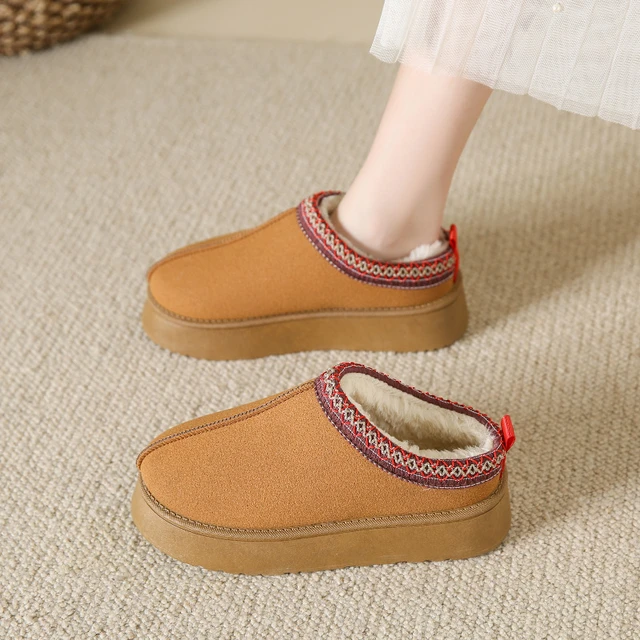
Are women’s wool slippers itchy?
Introduction
When it comes to cozy and warm footwear, wool slippers are a popular choice, known for their exceptional insulation and comfort. However, a common concern, especially among women, is whether wool slippers are itchy. This guide aims to address this question and provide insights into the characteristics of wool that make slippers potentially non-itchy. By exploring the properties of wool, its processing methods, and the availability of hypoallergenic options, we will debunk the myth of itchiness and highlight the benefits of wool slippers for women.
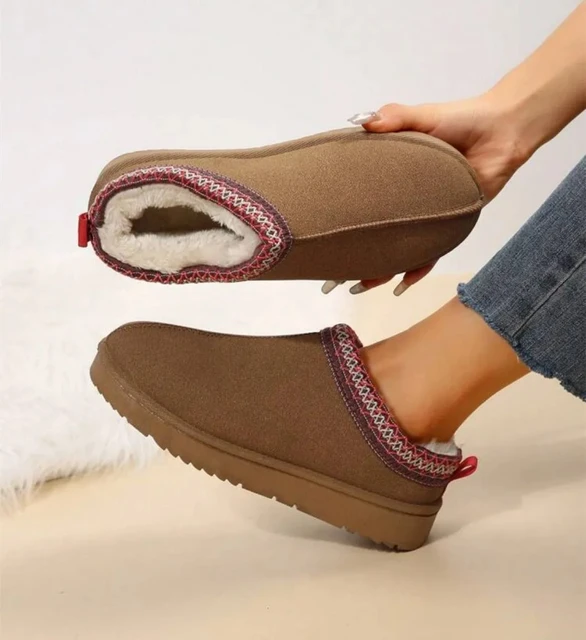
Are women’s wool slippers itchy?
Understanding the Nature of Wool
1.1. Wool Fiber Structure
Wool is derived from the fleece of sheep and has unique properties that make it an ideal material for slippers. The individual wool fibers have a three-dimensional structure, consisting of an outer layer known as the cuticle and an inner layer called the cortex. This structure provides wool with excellent insulating properties, moisture-wicking capabilities, and breathability.
1.2. Natural Oils and Lanolin Content
Wool contains natural oils and a waxy substance called lanolin, which serve as a protective barrier for sheep against the elements. These natural oils contribute to the softness and pliability of the wool fibers, reducing the likelihood of itchiness.
1.3. Different Types of Wool
There are various types of wool available, each with its own characteristics. For instance, Merino wool, sourced from Merino sheep, is known for its softness and fine texture, making it less likely to cause irritation or itchiness. Other types of wool, such as lambswool or cashmere, are also prized for their softness and comfort.
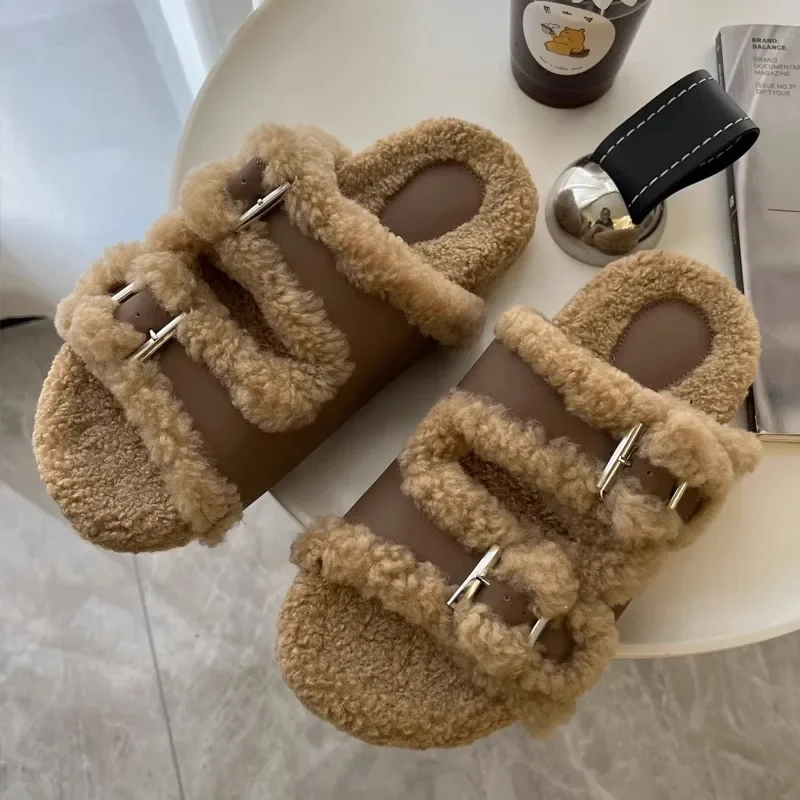
Wool Processing and Itchiness
2.1. Washing and Detergents
The process of transforming raw wool into usable fibers involves cleaning and washing. During this process, any residual dirt, oils, or lanolin is removed from the wool. The use of mild detergents and appropriate washing techniques helps ensure that the wool fibers retain their softness and minimize the potential for itchiness.
2.2. Fineness of Fibers
The fineness of the wool fibers can also impact their potential to cause itchiness. Finer fibers are generally softer and less likely to cause irritation. Sheep breeds that produce finer wool, such as Merino sheep, are specifically bred for their high-quality, non-itchy wool.
2.3. Manufacturing Processes
The manufacturing process of wool slippers plays a role in minimizing itchiness. Reputable manufacturers take care to produce slippers with soft and well-processed wool, ensuring that the fibers are properly cleaned, treated, and woven to create a smooth and comfortable texture.
Factors Affecting Itchiness Perception
3.1. Individual Sensitivity
Individual sensitivity varies widely when it comes to wool products. Some people may have a heightened sensitivity to certain materials, including wool, making them more prone to experiencing itchiness. Others may have a natural tolerance to wool or find that the itchiness diminishes over time as they become accustomed to the material.
3.2. Direct Contact and Sensory Perception
The sensation of itchiness can be influenced by how the wool comes into direct contact with the skin. Factors such as dryness, heat, and prolonged friction can contribute to a perceived itch. It is important to ensure that slippers fit well and do not rub against the skin, as this can minimize any potential discomfort.
Hypoallergenic Wool Slippers
4.1. Benefits of Hypoallergenic Wool
For individuals with heightened sensitivities, hypoallergenic wool provides an excellent alternative. Hypoallergenic wool is specially processed to remove potential irritants, such as lanolin, from the fibers. This reduced allergenicity makes hypoallergenic wool slippers incredibly comfortable and less likely to cause itchiness or skin irritation.
4.2. Options for Hypoallergenic Wool Slippers
Many manufacturers offer hypoallergenic wool slippers that provide the softness and insulation of wool while minimizing the potential for itchiness. These slippers are crafted from wool that has undergone additional processing steps to enhance its hypoallergenic properties. Hypoallergenic wool slippers are an ideal solution for women seeking the benefits of wool without any discomfort.

Maintaining Comfort and Minimizing Itchiness
5.1. Proper Slippers Care
Proper care and maintenance contribute to the overall comfort and itch-free experience of wool slippers. Following the manufacturer’s instructions for cleaning and care, such as using gentle detergents, avoiding excessive heat, and air-drying, helps preserve the softness and integrity of the wool fibers.
5.2. Layering for Added Comfort
For those who experience heightened sensitivity or have concerns about itchiness, wearing a thin pair of socks underneath the wool slippers can help create a barrier between the skin and the wool fibers. This can minimize any direct contact that may cause discomfort for the wearer.
Comfortable Alternatives to Wool Slippers
6.1. Synthetic Materials
For individuals who have a known sensitivity or allergy to wool, there are alternative materials available that provide similar comfort and insulation. Synthetic materials, such as microfiber or fleece, offer softness and warmth without the potential for itchiness.
6.2. Slipper Socks
Slipper socks are another option for women seeking warmth and comfort without the itchiness associated with some materials. These socks often feature a non-slip bottom and provide cushioning and insulation for the feet. Slipper socks come in various materials, such as acrylic or microfiber, providing a cozy and non-itchy solution.
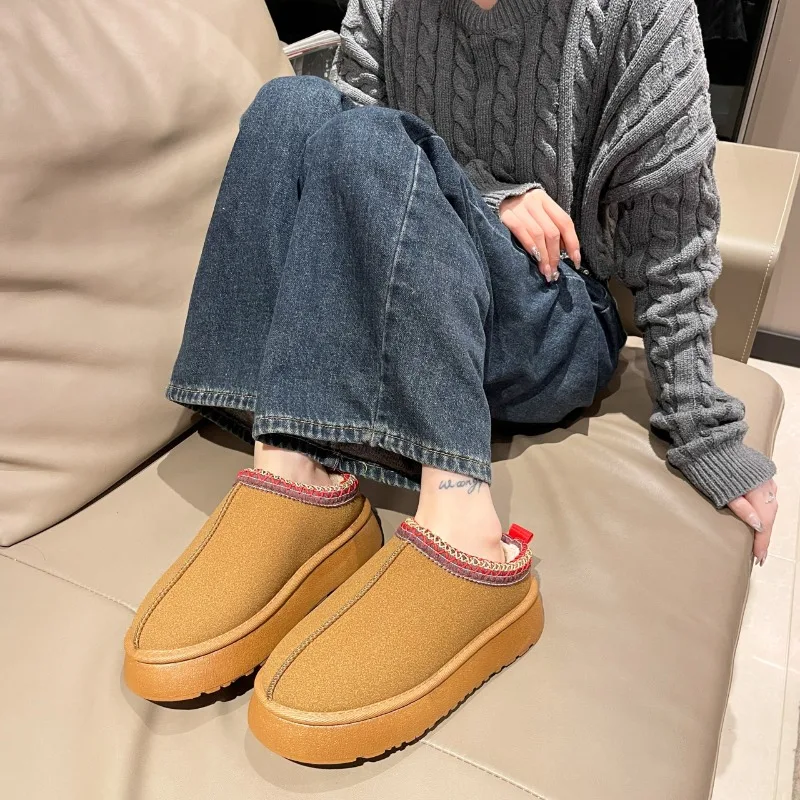
Personal Considerations and Preferences
7.1. Sensitivity Testing
If you have concerns about potential itchiness or sensitivity to wool, it is a good idea to conduct a sensitivity test before purchasing wool slippers. Rub a small portion of the wool material against a sensitive area of your skin, such as your inner wrist or forearm, and observe any potential reactions. This can help you determine if wool is suitable for you.
7.2. Opt for Soft and Fine Wool
When choosing wool slippers, opt for those made from soft and fine wool varieties, such as Merino wool, as they are less likely to cause itchiness. These fibers are known for their softness and are often more comfortable against the skin.
7.3. Read Reviews and Recommendations
Reading reviews and seeking recommendations from other customers who have purchased the specific wool slippers you are considering can provide valuable insights. Look for reviews that mention comfort and itchiness to gauge the general consensus regarding the product’s potential for causing discomfort.
7.4. Proper Sizing and Fit
Selecting the right size and ensuring a proper fit can significantly impact the overall comfort and itch-free experience of wool slippers. Make sure to refer to the manufacturer’s sizing guide and choose slippers that allow for adequate wiggle room for your toes without being too tight or constricting.
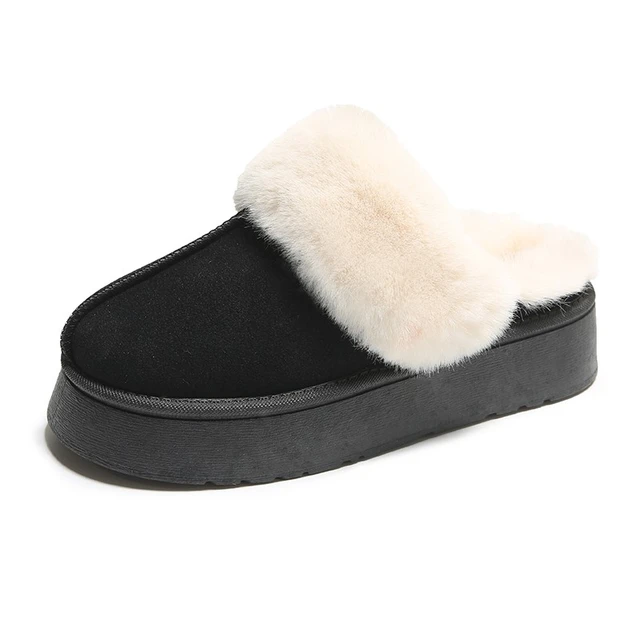
Conclusion
Contrary to the perception that women’s wool slippers are itchy, wool possesses properties that make it a comfortable and suitable material for footwear. Understanding the nature of wool fibers, the different types of wool available, and the manufacturing processes employed can help ensure that slippers provide a non-itchy experience. Moreover, hypoallergenic wool slippers offer an excellent solution for individuals with increased sensitivity or concerns about potential itchiness. By properly maintaining and caring for wool slippers and considering personal preferences, women can enjoy the many benefits of wool, including its insulation, breathability, and natural comfort, without any discomfort. Embrace warmth, comfort, and style with women’s wool slippers, confidently debunking the myth of itchiness and indulging in cozy footwear.
